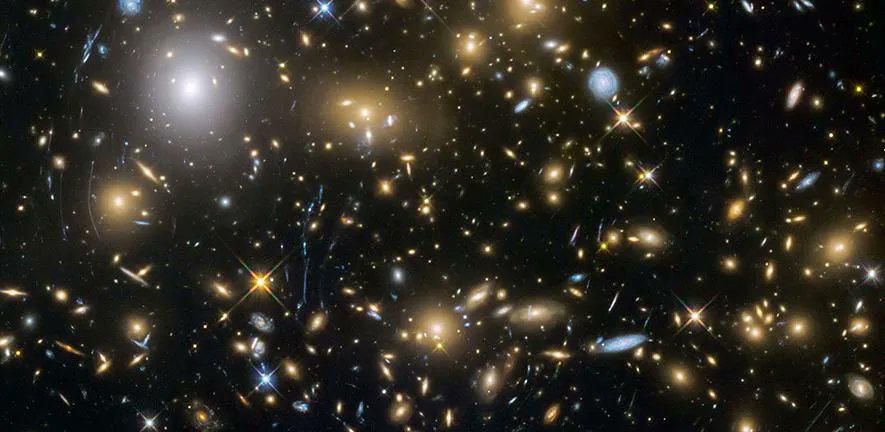Constraints are critical in any scientific enterprise. If a hypothesis predicts that there should be an observable phenomenon, and there isn’t any trace of it, that’s a pretty clear indication that the hypothesis is wrong. And even false hypotheses still move science forward.
So it is with astronomy and, in particular, explorations of the early universe. A paper authored by researchers at Cambridge and colleagues now puts a particularly useful constraint on the development of early galaxies, which has been a hot topic in astronomy as of late. Part of the reason that has been a hot topic is that, for the first time, we’re starting to get telescopes capable of peering back that far.
The James Webb Space Telescope sparked much hope for being able to peer back to the earliest stars. However, while that instrument is still going through its data collection phase, plenty of other highly capable telescopes can provide some insight as well. One of those is the SARAS3 radio telescope, which is deployed over a lake in India.
It monitored some of the light coming from the earliest galaxies and provided data to the team from Cambridge, who analyzed it, looking for one defining feature. UT video on the early universe. Known as the 21-cm hydrogen line, this is the spectrum that hydrogen emits when its electron changes state.
It’s been used consistently in Early Universe Cosmology since its discovery in the 1940s, largely because it can make its way through the cloudy dust that shrouds the volume of the early universe. That ability also makes it capable of passing effortlessly through Earth’s atmosphere, allowing it to be easily detected by a ground-based telescope like SARAS3. What was notable in the Cambridge paper was the lack of the 21-cm line.
In fact, this common line that is so widely used in other parts of cosmology seemed to be absent from the galaxies that existed only 200 million years after the Big Bang. With that constraint, the authors were able to do two things. One was disproving a tentative finding from another research group.
The other was defining some of the significant characteristics of those galaxies. Want to learn more about the 21-cm line? This lecture from a professor at Brown might help. Credit – Brown University Department of Physics YouTube Channel Another research group led by Arizona State University and the Massachusetts Institute of Technology published another paper in 2018 using data from the EDGES radio telescope in Australia.
That paper detailed a possible detection of some of the light from the earliest galaxies in the universe. It also threw a wrench into one of the early models of cosmological expansion, which didn’t expect such a detection. Now data from this new paper casts some doubt on that finding, though there still needs to be additional independent confirmation of it.
When defining the characteristics of galaxies, one crucial factor is how bright they are. The lack of a 21-cm line points to a simple fact – they weren’t very bright. Or at least not thousands of times more luminous than galaxies are today.
If they were, the 21-cm line should have been powered enough to show through the haze and be detectable in the SARAS3 data. Other constraints detailed in the paper include the masses of those galaxies, as well as their efficiency at heating up hydrogen. All this means for cosmology is simply that more data is needed, and two experiments are coming up soon that should provide it.
In addition to the JWST, there is a project called the Radio Experiment for the Analysis of Cosmic Hydrogen (REACH), which is expected to present results sometime next year. Until then, astronomers are gathering a clearer picture of the early universe, even if it’s from the lack of an expected signal. Learn More:Cambridge – Non-detection of key signal allows astronomers to determine what the first galaxies were – and weren’t – likeBevins et al – Astrophysical constraints from the SARAS 3 non-detection of the cosmic dawn sky-averaged 21-cm signalUT – Understanding the Early Universe Depends on Estimating the Lifespan of NeutronsUT – New Simulation Recreates an Early Time in the Universe That Still Hasn’t Been Seen Directly Lead Image:Image of some of the oldest galaxies in the universe.
Credit – NASA The post Sometimes Astronomy isn’t About What you see, but What you don’t see appeared first on Universe Today. .
From: universetoday
URL: https://www.universetoday.com/158933/sometimes-astronomy-isnt-about-what-you-see-but-what-you-dont-see/



